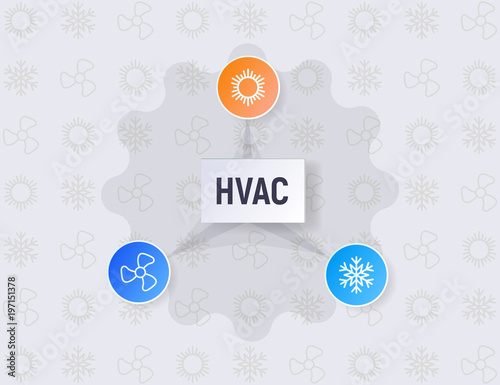The Ultimate Guide To Comprehending Heat Pumps - Just How Do They Function?
The Ultimate Guide To Comprehending Heat Pumps - Just How Do They Function?
Blog Article
Personnel Writer-Blanton Raymond
The very best heatpump can conserve you significant quantities of cash on energy expenses. They can likewise help in reducing greenhouse gas emissions, especially if you make use of power in place of fossil fuels like gas and home heating oil or electric-resistance furnaces.
Heat pumps function very much the same as ac system do. This makes them a practical alternative to conventional electric home heating unit.
Exactly how They Work
Heatpump cool homes in the summer and, with a little assistance from electrical power or natural gas, they provide a few of your home's heating in the winter. They're an excellent alternative for people that want to reduce their use nonrenewable fuel sources however aren't ready to change their existing heater and cooling system.
They rely on the physical fact that also in air that seems as well cold, there's still power existing: warm air is always moving, and it wants to move right into cooler, lower-pressure settings like your home.
The majority of ENERGY celebrity accredited heat pumps run at near to their heating or cooling ability throughout the majority of the year, minimizing on/off cycling and saving energy. For the very best performance, focus on systems with a high SEER and HSPF ranking.
The Compressor
The heart of the heat pump is the compressor, which is likewise referred to as an air compressor. This mechanical moving gadget makes use of potential energy from power production to enhance the pressure of a gas by lowering its quantity. It is various from a pump in that it just works on gases and can't collaborate with fluids, as pumps do.
Climatic air enters the compressor via an inlet shutoff. It travels around vane-mounted arms with self-adjusting size that divide the interior of the compressor, creating numerous cavities of varying size. The blades's spin forces these cavities to move in and out of stage with each other, pressing the air.
https://costofreplacingheatingand70134.mybuzzblog.com/8890288/making-the-most-of-convenience-and-savings-tips-for-optimizing-your-heat-pump-efficiency reels in the low-temperature, high-pressure refrigerant vapor from the evaporator and presses it right into the warm, pressurized state of a gas. This procedure is duplicated as required to provide home heating or cooling as required. The compressor also has a desuperheater coil that reuses the waste warmth and adds superheat to the cooling agent, altering it from its fluid to vapor state.
The Evaporator
The evaporator in heat pumps does the very same thing as it performs in fridges and ac unit, altering fluid refrigerant right into a gaseous vapor that removes heat from the area. Heat pump systems would not work without this crucial piece of equipment.
This part of the system is located inside your home or structure in an interior air handler, which can be either a ducted or ductless system. https://andrecxsmf.blog2freedom.com/29329659/the-conclusive-guide-to-choosing-the-right-size-heatpump-for-your-home includes an evaporator coil and the compressor that compresses the low-pressure vapor from the evaporator to high pressure gas.
Heat pumps absorb ambient warm from the air, and after that use electrical energy to move that warmth to a home or organization in home heating mode. That makes them a lot much more power reliable than electric heating systems or heating systems, and due to the fact that they're using tidy electrical energy from the grid (and not shedding gas), they also produce much less emissions. That's why heat pumps are such excellent ecological options. (As well as a big reason why they're becoming so popular.).
Learn Alot more Here .
Heatpump are fantastic choices for homes in cool environments, and you can utilize them in combination with standard duct-based systems and even go ductless. They're an excellent alternative to fossil fuel furnace or standard electric heating systems, and they're much more sustainable than oil, gas or nuclear HVAC devices.
Your thermostat is the most crucial element of your heat pump system, and it works very in different ways than a standard thermostat. All mechanical thermostats (all non-electronic ones) work by utilizing compounds that change size with boosting temperature level, like curled bimetallic strips or the broadening wax in an auto radiator valve.
These strips include 2 various types of steel, and they're bolted with each other to form a bridge that completes an electric circuit linked to your heating and cooling system. As the strip gets warmer, one side of the bridge broadens faster than the other, which creates it to flex and indicate that the heating unit is needed. When the heat pump remains in heating mode, the reversing valve reverses the flow of refrigerant, to make sure that the outdoors coil now works as an evaporator and the indoor cylinder becomes a condenser.